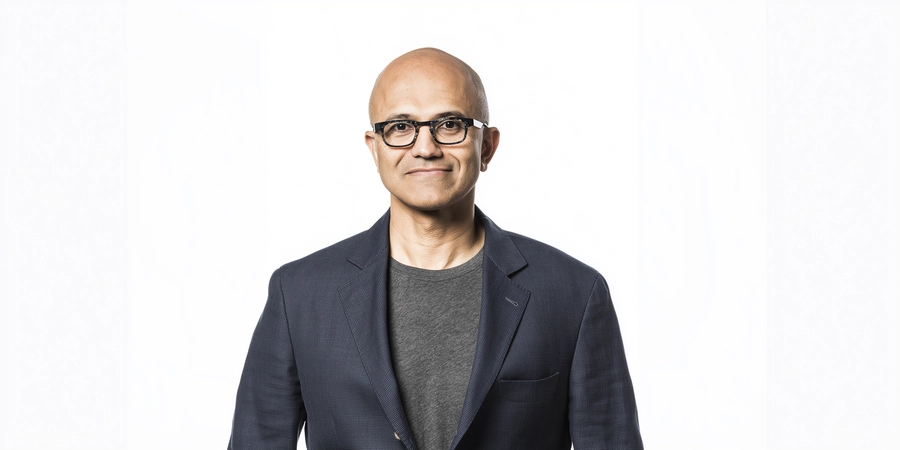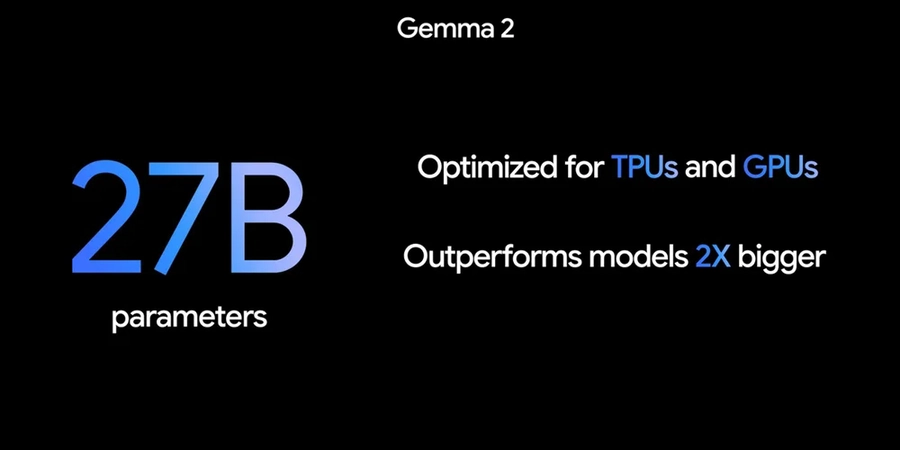# TL;DR
- Nadella Rejects AGI Benchmarks: Microsoft’s CEO calls AGI benchmarks “nonsensical benchmark hacking” and urges focus on real-world economic impact.
- Economic Success Metric: Nadella suggests true AI success means measurable economic outcomes like “the world growing at 10%” rather than academic benchmarks.
- Leverage “Commodity AI”: Entrepreneurs should focus on accessible, cost-effective AI tools rather than developing proprietary models.
- Prepare for AI Commoditization: As competition increases, AI prices will drop, requiring flexible implementation strategies.
- Build Trust in AI Systems: Address the adoption gap by implementing explainability, hallucination filters, and ethical compliance.
- Focus on Industry-Specific AI: Domain-specific applications deliver faster, more specialized results across sectors.
- Navigate Legal and Infrastructure Challenges: Stay ahead of regulations and plan for AI’s resource demands.
- Practical Implementation Roadmap: Follow a phased approach to audit readiness, deploy low-risk solutions, and scale with specialized AI.
# Satya Nadella’s AGI Wake-Up Call: Why Entrepreneurs Should Focus on Practical AI for Profit
Satya Nadella’s sharp critique of artificial general intelligence (AGI) benchmarks as “nonsensical benchmark hacking” cuts through the noise. In a February 2025 interview with Dwarkesh Patel, Microsoft’s CEO urged the tech world to move beyond speculative milestones and focus on AI’s real-world economic impact. For entrepreneurs and startups, this shift redefines how to evaluate AI tools, allocate resources, and avoid chasing hype in a crowded market.
# Why Nadella Rejects AGI Benchmarks as Progress
# Success in the AI Era Means Delivering Results
Nadella points to a disconnect between AI’s technical feats and its tangible value. While many chase AGI—often described as AI matching human cognitive abilities—he argues that true success lies in measurable economic outcomes: “The real benchmark is the world growing at 10%.” This aligns with Microsoft’s partnership with OpenAI, which links AGI success to a $100 billion profit threshold rather than academic benchmarks. For startups, the message is clear: focus on solving problems customers care about, not chasing “superhuman” AI.
# The Pitfalls of “Nonsensical Benchmark Hacking”
Nadella views AGI milestones as marketing stunts that overlook practical utility. Even advanced systems like GPT-5 still struggle with hallucinations and cybersecurity flaws. A February 2025 report revealed that OpenAI’s top AI agent requires constant human oversight, weakening claims of full autonomy. For entrepreneurs, the takeaway is simple: Investors and customers expect measurable ROI, not flashy buzzwords.
# Five Strategies for Startups to Leverage Practical AI
| Strategy | Key Benefits |
|---|---|
| Leverage Cost-Effective “Commodity AI” | Lower costs, scalability without heavy R&D investments |
| Prepare for AI Commoditization | Avoid vendor lock-in, monitor falling API costs, build modular systems |
| Build Trust to Close the AI Adoption Gap | Real-time explainability, hallucination filters, ethical compliance |
| Focus on Industry-Specific AI | Faster, specialized results in healthcare, retail, marketing |
| Stay Ahead of Legal and Infrastructure Hurdles | Compliance with regulations, energy planning, AI system audits |
# 1. Leverage Cost-Effective “Commodity AI”
Nadella compares AI’s trajectory to the steam engine’s role in the Industrial Revolution: Success will come from harnessing accessible, cost-effective AI tools, not proprietary models. Chinese startup DeepSeek proved this by releasing its R1 model in early 2025, matching GPT-4’s performance at one-tenth the cost—triggering a $1 trillion industry selloff. For startups with limited budgets, open-source frameworks and API-based services like Azure AI offer scalability without heavy R&D investments.
# Case Study: Automating Routine Tasks
Nadella sees AI agents handling emails, scheduling, and data entry—tasks that consume 30% of knowledge workers’ time. Startups like FlowSavvy (a hypothetical example) have cut operational costs by 40% by using GPT-4o to automate client onboarding. Lesson: Optimize repetitive workflows before tackling moonshot projects.
# 2. Prepare for AI Commoditization
Microsoft’s CEO acknowledges that the industry is overbuilding AI infrastructure. As firms like Google and Amazon flood the market with competing models, prices will drop—mirroring the cloud computing price wars of the 2010s. To stay competitive:
- Avoid single-vendor lock-in by negotiating multi-cloud AI contracts.
- Monitor falling API costs (e.g., GPT-4’s price fell 65% in 2024).
- Build modular systems that can swap AI components as better options emerge.
# 3. Build Trust to Close the AI Adoption Gap
Nadella highlights trust as the key obstacle to AI adoption. A 2025 Stanford study found that 72% of SMEs distrust AI for financial decisions due to its opacity and errors. Startups that address these concerns—like Explainly’s AI audit toolkit (hypothetical)—stand out by offering:
- Real-time explainability (e.g., showing how a loan approval AI reached its decision)
- Hallucination filters (e.g., fact-checking layers inspired by IBM’s Project Debater)
- Ethical compliance frameworks (e.g., GDPR-ready workflows)
# 4. Focus on Industry-Specific AI
Nadella emphasizes the power of domain-specific AI: “Who said my life’s goal is to triage my email? Let an AI agent triage my email.” Startups like MedPredict (hypothetical) have thrived by specializing—their FDA-cleared AI analyzes medical images 30% faster than general models. Key niches include:
- Regulatory compliance (e.g., automated SEC reporting)
- Supply chain optimization (e.g., AI-driven inventory forecasting)
- Personalized marketing (e.g., dynamic ad copy tailored to user behavior)
# 5. Stay Ahead of Legal and Infrastructure Hurdles
Nadella warns that legal barriers could slow AI adoption more than technical limits. The EU’s upcoming AI Liability Directive (2026) and U.S. state-level regulations will require strict compliance. Smart startups will:
- Pre-audit AI systems with platforms like Credo AI
- Partner with legaltech firms for contract reviews (e.g., Luminance)
- Plan for AI’s energy demands (Microsoft’s Three Mile Island nuclear deal highlights the urgency)
# Actionable Roadmap: Applying Nadella’s AI Insights
# Phase 1: Audit Your AI Readiness (Weeks 1-4)
- Identify workflows where AI could save 10+ hours/month (e.g., customer support, invoicing)
- Compare AI providers (AWS, Azure, Google) for cost and compliance
- Test explainability tools to address trust concerns
# Phase 2: Deploy Low-Risk AI Solutions (Months 2-3)
- Automate email triage with tools like Microsoft Copilot for Outlook
- Schedule social media posts using Jasper or Copy.ai
- Optimize ad spend using AI-powered analytics (e.g., Power BI)
# Phase 3: Scale with Industry-Specific AI (Months 4-6)
- Partner with niche AI vendors (e.g., healthcare, retail)
- Build proprietary datasets to train specialized models
- Embed AI governance into product development
# Bottom Line: Profit from Practical AI
Nadella’s critique of AGI hype isn’t a dismissal of AI—it’s a call for grounded innovation. Entrepreneurs who focus on practical, scalable AI integrations will outperform competitors chasing sci-fi dreams. As Microsoft’s CEO puts it: “The proof is in the pudding.” For your business, that pudding is customer satisfaction, cost savings, and long-term growth—not arbitrary intelligence milestones.






